Kingdom Animalia Order Squamata Genus Antaresia Higher classification Antaresia | Phylum Chordata Suborder Serpentes Scientific name Antaresia stimsoni Rank Species | |
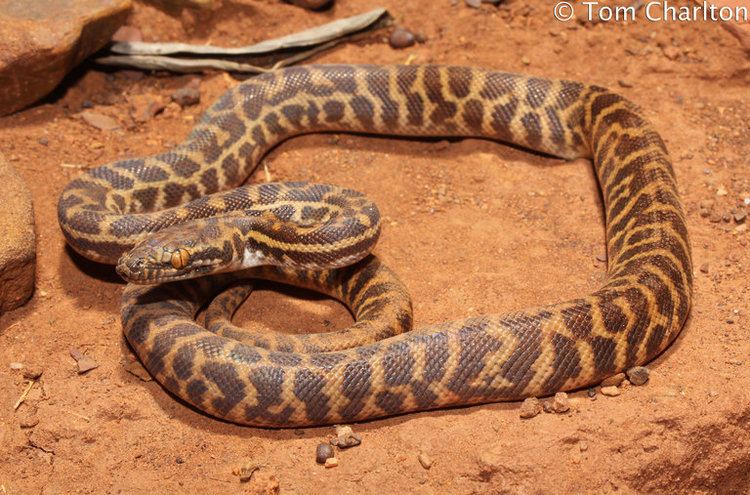 | ||
Similar Python family, Antaresia, Snake, Reptile, Children's python | ||
Bella the snake antaresia stimsoni feeding time
Antaresia stimsoni, called commonly Stimson's python, is a species of python, a snake in the family Pythonidae. The species is endemic to Australia.
Contents
- Bella the snake antaresia stimsoni feeding time
- My stimson s python antaresia stimsoni feeding
- Etymology
- Common names
- Pet trade
- Description
- Geographic range
- Habitat
- Behavior
- Feeding
- Reproduction
- Taxonomy
- In captivity
- References
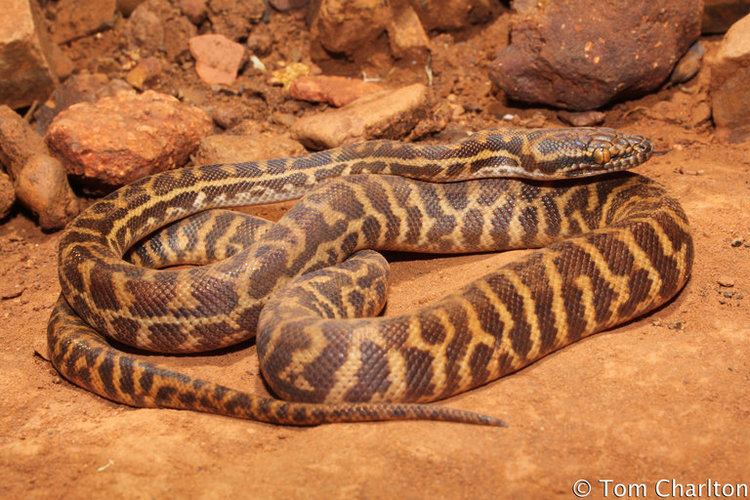
My stimson s python antaresia stimsoni feeding
Etymology
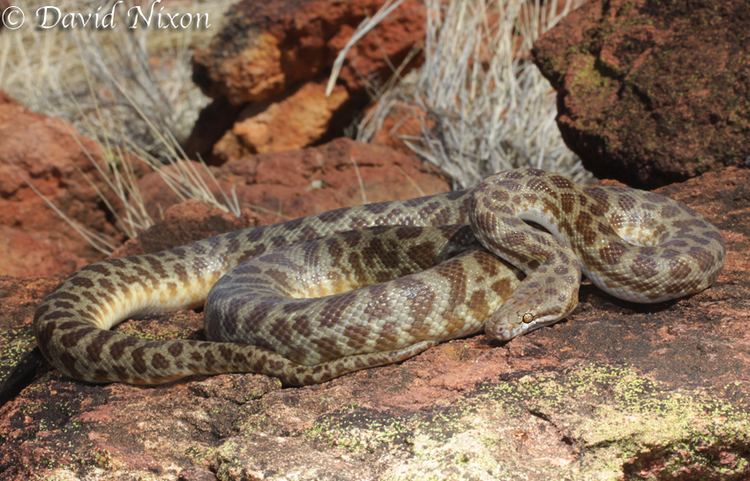
Both the specific name, stimsoni, and the common name, Stimson's python, are in honour of herpetologist Andrew Francis Stimson of the Natural History Museum, London.
Common names

Antaresia stimsoni is commonly and incorrectly referred to as Stimpson's python (Antaresia stimpsoni). The species is also called the large-blotched python, for the patterns of its markings, or an inland Children's python, in reference to its genus.
Pet trade
Stimson's pythons are sold and kept as pets in some Australian states.
Description
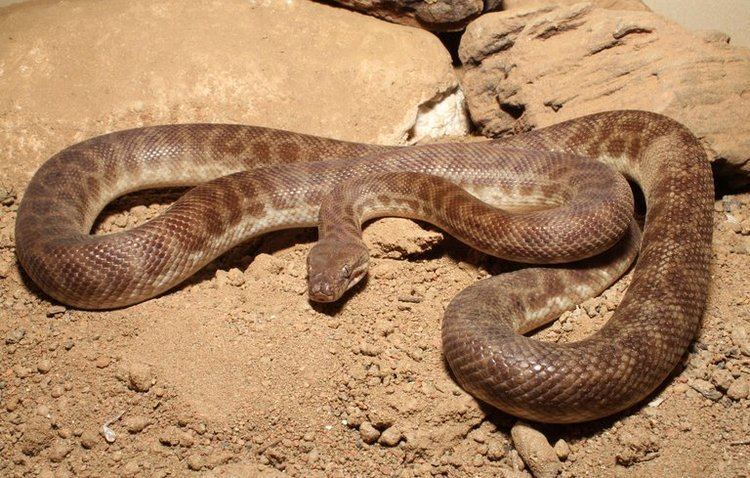
A species of the family Pythonidae, non-venomous snakes that traps and asphyxiates prey. It is contained by a group without well developed heat-sensing pits, these are only found at the lips. Small and terrestrial, adults grow up to about 100 cm (39 in) in length. They have 35-49 rows of dorsal scales at midbody, 240-305 ventral scales and 30-45 subcaudal scales. The subcaudals are mostly or entirely divided, while the anal scale is single.
Geographic range
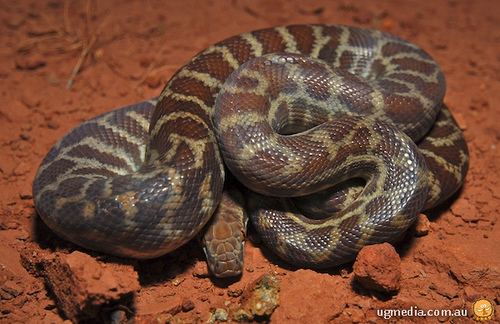
Found in Australia from the coast of Western Australia through central regions of all states (except Victoria) as far as the Great Dividing Range. Not found in the far north, extreme south or east. The type locality given is "15 km SE of Nullagine, Western Australia, in 21°58'S, 120°12'E" [Australia].
It also is found on Dirk Hartog Island.
Habitat
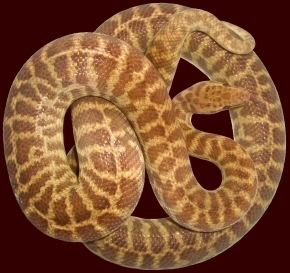
Occurs throughout many dry inland areas, mainly in rocky areas, but also Eucalyptus woodlands, arid shrublands and deserts. Occurrence in open or flat areas is unusual.
Behavior
Generally nocturnal.
The species occupies crevices, hollows, and holes made by other creatures in termite mounds, the latter offering a controlled climate. Antaresia stimsoni is an ambush predator, spending much of its time waiting for prey, trapping and killing by constriction. They are often recorded at rocky hills or other habitat providing good cover.
Feeding
The diet consists of small lizards, frogs and mammals. Like other snakes, they can go without food for several months.
Reproduction
Oviparous, with females laying clutches of 7-10 eggs. Females incubate their eggs in typical python fashion.
Taxonomy
Four species are currently recognized in the genus Antaresia, which is contained by the family Pythonidae; infraspecific ranks have also been described. All Children's pythons were previously place in the genus Liasis, but this was revised by authors in the 1980s. The new genus Antaresia was proposed by Wells and Wellington, but their name for this species, Antaresia saxacola, was withheld from acceptance due to a petition before the ICZN. When this dispute was resolved in 1991, and the genus name already in use, L. A. Smith's epithet 'stimsoni' had appeared in several publications. While the nomenclatural validity of Antaresia stimsoni is questionable, this is the current and accepted name.
A new subspecies, A. s. orientalis was also described by Smith (1985), but not recognized as valid by Barker and Barker (1994). However, the list of taxa maintained by the Western Australian Museum names two subspecies.
The Western Australian subspecies, A. stimsoni stimsoni, occurs in coastal regions and the interior of the state.
In captivity
The species is kept as a pet and successfully bred in captivity. It is easily handled and rarely bites, and is listed as an easily maintained, not rare or endangered, and commercially available pet herpetofauna (category 3) in the Western Australian Government's Gazette (2013).
Recently a group of 4 baby Stimson's pythons escaped on board a Qantas airline, resulting in the plane being fumigated.
